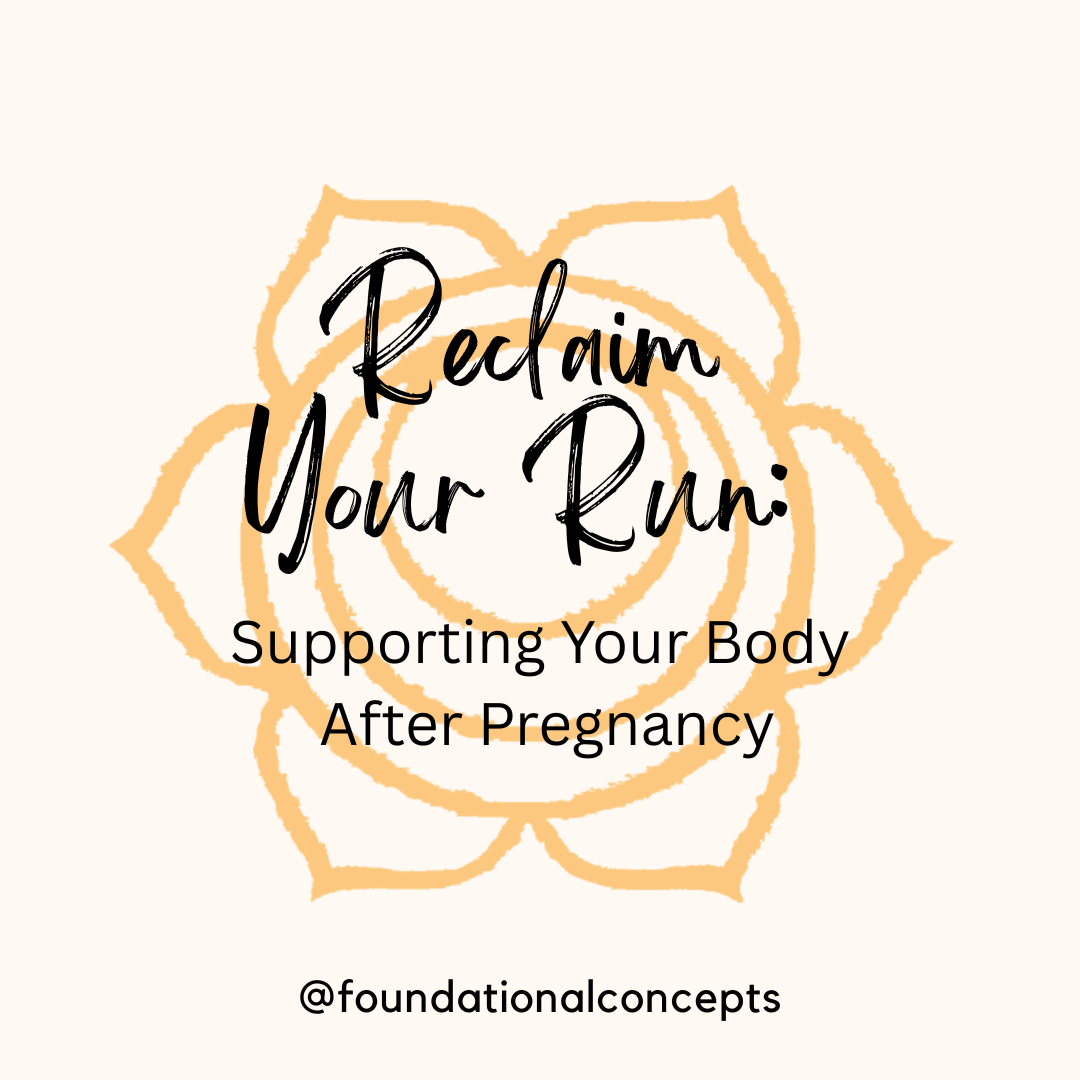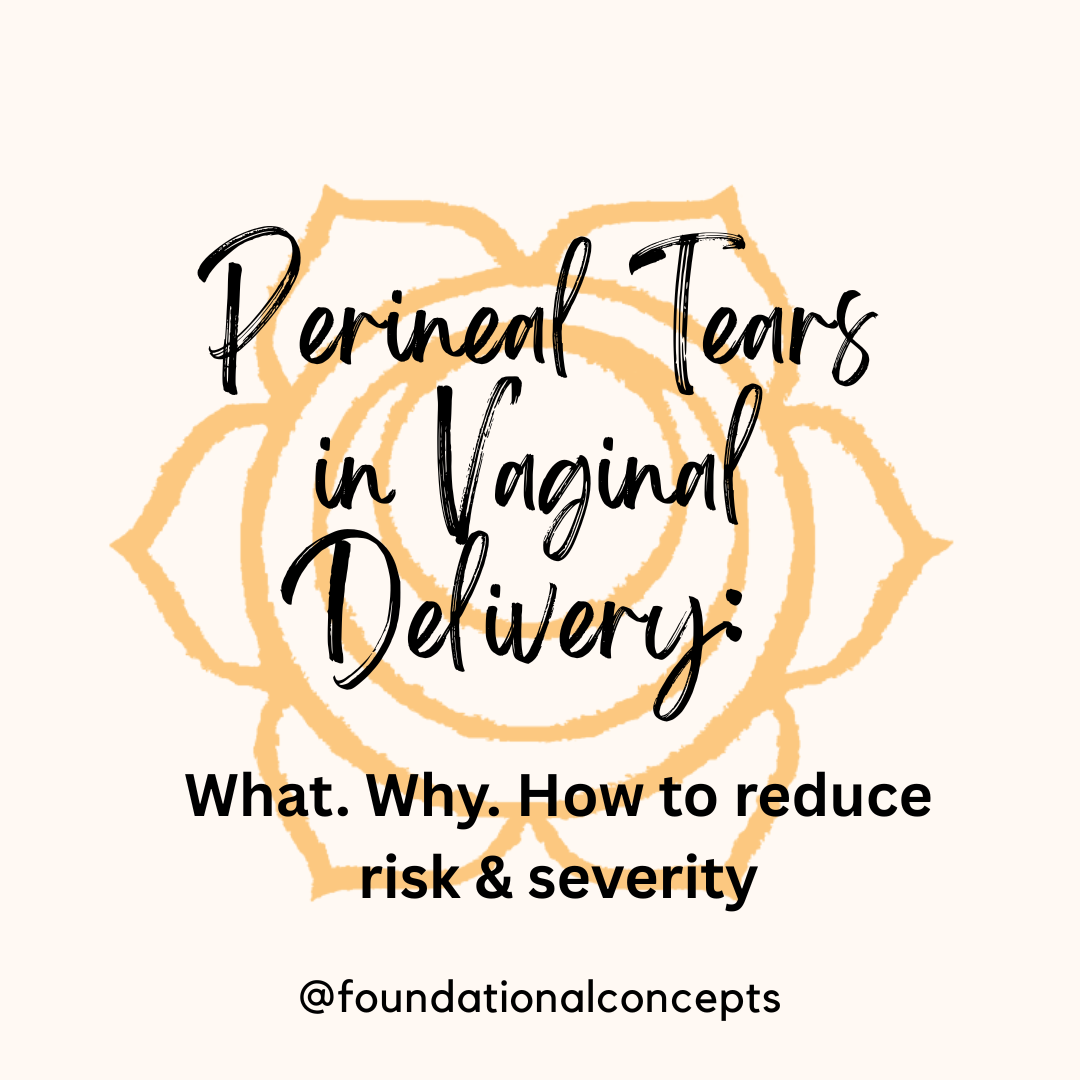
Reclaim Your Run: Supporting Your Body After Pregnancy
Returning to running after pregnancy requires patience, preparation, and guidance. Pregnancy and delivery bring remarkable changes to the body, particularly the pelvic floor, abdominal wall, and connective tissue systems that provide support and stability during high-impact activities. Understanding how to safely rebuild strength and manage loads can help prevent injury and promote lifelong pelvic health.
Running is a high-impact activity that generates 1.6–2.5 times your body weight in ground reaction forces with each step. For a body that has undergone pregnancy and childbirth, those repetitive loads can challenge healing tissues, particularly the pelvic floor and abdominal wall.
Women returning to running or other high-impact exercise have a 4.5 times higher risk of developing pelvic floor dysfunction compared to those participating in low-impact activities. These may include urinary stress incontinence, pelvic organ prolapse, and pain or changes in sexual function—all of which can be managed with proper assessment and a return-to-run plan.
During pregnancy, the levator hiatus—the opening in the pelvic floor that the vagina, rectum, and urethra pass—widens to accommodate the growing uterus. Vaginal delivery further stretches the hiatus, along with the connective tissue and nerves that support it. By 12 months postpartum, research shows that women who delivered vaginally and those who had a cesarean section tend to have similar levator hiatus dimensions, indicating long-term recovery potential when healing is supported appropriately.
Key Physiological Changes to Consider
- Pelvic floor healing: The most significant recovery of pelvic nerves, connective tissue, and muscle occurs within 4–6 months postpartum.
- Bladder neck mobility: Vaginal delivery can increase bladder neck mobility, predisposing some women to urinary leakage with impact or exertion.
- Cesarean healing: The fascial layer of a cesarean scar achieves about 50% of its tensile strength at 6 weeks and 70–90% by 6–7 months.
- Hormonal effects: For breastfeeding individuals, elevated relaxin levels can continue for up to three months after weaning, contributing to ongoing joint laxity. Lower estrogen levels may also affect tissue integrity and hydration.
A cornerstone of postpartum recovery is pelvic floor physical therapy (PT). PTs trained in pelvic health can assess pelvic floor muscle (PFM) strength, endurance, and coordination, as well as identify symptoms of prolapse, pain, or urinary leakage that may delay return to running.
Pelvic floor PT should ideally begin around 6 weeks postpartum, particularly for women experiencing:
- Urinary incontinence
- Sexual dysfunction
- Pelvic organ prolapse
- Pain or a sensation of heaviness
Therapists can also address cesarean or perineal scar mobility, which is essential for restoring normal tissue glide and reducing inflammation or fibrosis. Scar mobilization supports improved tissue remodeling and load transfer during running.
For some women, a pessary—a supportive device inserted into the vagina—may help reduce prolapse symptoms or manage urinary leakage during higher-impact activities.
0–3 Months Postpartum: Foundation Phase
Focus on low-impact movement that promotes circulation, gentle core activation, and overall mobility. Tissues are undergoing initial healing during this phase, so returning to exercise includes considerations of tissue healing. Exercise can include:
- Walking (progress toward 30 minutes as tolerated)
- Gentle pelvic floor and breathing exercises
- Return to exercise with gentle balance and core strength work to retrain stability
Rebuild and Reassess
When cleared by a healthcare provider and free of pelvic floor symptoms, women may begin gradual return-to-run testing. This may be between 3–6 months postpartum but may be earlier or later, depending on the woman. Before beginning, assess:
- Pelvic floor symptoms: No heaviness, pain >3/10, or incontinence
- Strength: Ability to perform single-leg standing, single-leg bridges, single-leg squats, and single-leg hip abductions
- Load transfer: Check for diastasis recti (abdominal separation) and ability to control pressure through the core during movement
Return-to-Run Readiness Test
- Walk for 30 minutes
- Single-leg standing for 10 seconds (each side)
- Single-leg squat (10 reps per side)
- Jog for 1 minute
- Bounds or small hops (10 reps)
- Running man exercise (dynamic single-leg movement)
If these can be completed without symptoms, light run-walk intervals may begin. Start with short distances and increase weekly mileage by no more than 10%. Take walking breaks as needed and listen to your body.
Managing Load, Recovery, and Energy Availability
Running postpartum isn’t just about the muscles—it’s about the whole system. Sleep deprivation, hormonal changes, and increased energy demands from breastfeeding all affect recovery. Poor sleep is linked to reduced muscle strength and higher injury risk.
Women who are nursing should monitor calorie intake and exercise levels, as inadequate nutrition increases the risk of Relative Energy Deficiency in Sport (RED-S)—a condition that can impair healing, hormonal balance, and bone health.
Practical Recovery Tips
- Prioritize sleep whenever possible
- Maintain adequate nutrition and hydration to support both recovery and milk production
- Incorporate strength training outside of running to build resilience
- Use supportive underwear or pelvic floor garments to reduce symptoms of stress incontinence during exercise
Both perineal and cesarean scars can limit mobility and cause discomfort if not addressed. Scar mobilization helps decrease inflammation, reduce fibrosis, and promote healthy collagen remodeling. Gentle manual therapy or self-massage (once the incision or tear is healed) can improve flexibility and comfort with movement.
Because connective tissue dynamics are influenced by mechanical tension, addressing scars can significantly improve running form, stride efficiency, and core control.
Even with gradual progression, some symptoms signal the need to stop high-impact activity and consult a pelvic floor PT or healthcare provider:
- Pelvic heaviness or “falling out” sensation
- Urinary leakage or urgency during or after running
- Pain greater than 3/10 in the pelvis, abdomen, or lower back
- Visible bulging in the vaginal wall
- Persistent fatigue or poor recovery despite adequate rest
Returning to running postpartum is not about “bouncing back”—it’s about rebuilding a strong, capable foundation that supports lifelong movement. With patience, structured progression, and support from pelvic floor physical therapy, most women can safely resume running between 3–6 months postpartum, depending on their individual recovery.
The key is listening to your body, honoring the healing process, and recognizing that strength and resilience after pregnancy are earned through consistency and care—not speed.
Disclaimer: This blog is here for your help. It is the opinion of a Licensed Physical Therapist. If you experience the symptoms addressed you should seek the help of a medical professional who can diagnose and develop a treatment plan that is individualized for you.









